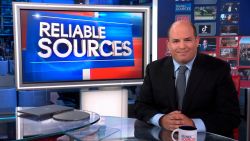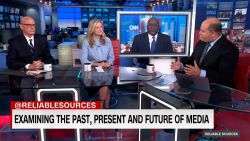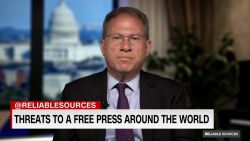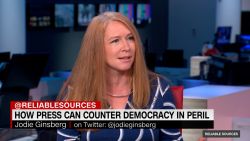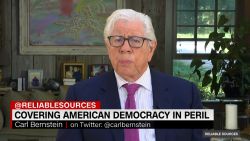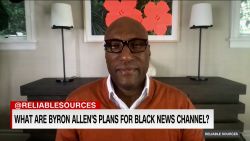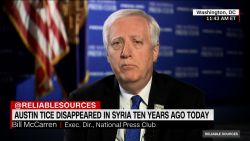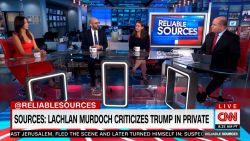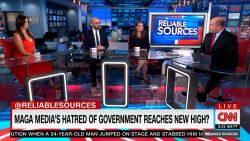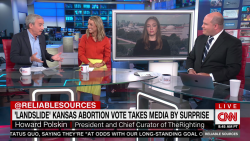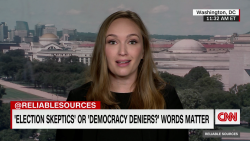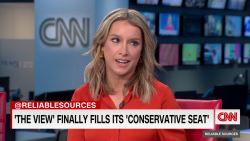Uninsured Americans who want to buy Affordable Care Act coverage have another three months to do so, thanks to an executive order President Joe Biden signed last month.
More on Covid-19 relief
The federal Obamacare exchange, healthcare.gov, reopened Monday for a special enrollment period that runs until May 15. Most states that operate their own marketplaces are also doing the same or are extending their sign-up season for several more weeks.
The President is hoping that some of the 15 million uninsured people eligible for Affordable Care Act policies – 9 million of whom qualify for federal financial assistance – will participate. Individuals making up to about $51,000 and families of four earning up to about $104,800 are eligible for subsidies.
Biden tied the reopening of enrollment to the ongoing pandemic – and to his $1.9 trillion stimulus plan. That package, the President wrote in a statement Monday, “will ramp up testing, tracing, and our national vaccination program,” as well as “take big steps to lower health costs and expand access to care for all Americans, including those who have lost their jobs.”
The federal exchange’s homepage was updated with information about the special enrollment period Monday morning.
In his statement, Biden encouraged Americans who have coverage to “help your family and friends sign up and enroll.”
Awareness of Obamacare coverage and premium subsidies remains fairly low, even though the exchanges first opened in 2014. Just under two-thirds of uninsured adults said they had heard nothing or only a little about financial assistance for policies, according to an Urban Institute study conducted in September. The Trump administration slashed Obamacare’s marketing budget by 90% during its term.
“There are millions of people, literally, in the country who aren’t enrolled because they don’t even know they are eligible for something,” said Joel Ario, managing director of Manatt Health Solutions and former health official in the Obama administration.
More money for outreach, but not enrollment
Biden's first 100 days
To address this, the Biden administration is pouring $50 million into outreach and education, though it has not provided many details on its advertising campaign or announced additional funds for enrollment assistance.
The marketing efforts will focus in particular on groups that have had less access to health coverage and greater disparities in health outcomes, including communities of color, according to a news release issued by the Centers for Medicare and Medicaid Services on Friday. It will run advertisements on broadcast and digital platforms, as well as in multiple languages, the agency said last month.
Biden has yet to announce his pick to head the agency, which runs the federal exchange, and his choice for Health and Human Services Secretary, Xavier Becerra, has yet to be confirmed by the Senate.
About 9 out of 10 enrollees in healthcare.gov receive subsidies, and three-quarters of consumers are eligible for financial assistance that would lower their premium to $50 or less a month, according to the agency.
Congressional Democrats are currently working on legislation that would make premium subsidies more generous and more available, but it’s unclear how long it will take the bill to pass or how quickly federal and state agencies could reprogram the exchanges to reflect the increased assistance.
Biden highlighted some of the provisions in his statement.
“It will increase federal subsidies and decrease premiums in order to ensure that no one pays more than 8.5% of their income to purchase meaningful and comprehensive health coverage,” he said. “And it incentivizes states to expand coverage to an additional four million people with low incomes, and provides states the opportunity to extend coverage for a year to low-income women who have recently given birth.”
How many people will enroll?
Still, it’s unclear how many people will turn to the exchanges over the next three months.
More Americans have appeared to hold on to job-based coverage than expected, while many of those who have lost their employment and most of their income have turned to Medicaid. Between February and September, Medicaid enrollment jumped by more than 6.6 million people, or 10.3%, according to federal data.
But more people flocked to the federal Affordable Care Act exchange during the most recent open enrollment period, which ran for six weeks in November and December. That’s the first time sign ups increased under the Trump administration. The number of new consumers for 2021 slid somewhat, however. Roughly 8.3 million people selected plans in total.
Former President Donald Trump refused to reopen the federal exchange last spring, despite heavy lobbying from elected officials of both parties and the health care industry. But anyone who loses job-based health insurance coverage is eligible to sign up on the exchanges within 60 days of becoming uninsured. Enrollment in the first five months of 2020 jumped to nearly half a million people, up 46% from the same period the year before, the Trump administration said in June.
Eleven states that run their own Obamacare exchanges, along with the District of Columbia, allowed their uninsured residents to obtain coverage outside the usual time frame, in addition to those who lost their work policies or had other qualifying life changes. In total, more than 240,000 people signed up on the state-run exchanges between March and July, with several states reporting much greater interest than in 2019.
States saw many new consumers who had never interacted with the marketplace before, said Julie Bataille, senior vice president at GMMB, a consulting firm.
“That speaks to the need for outreach and enrollment because you are making sure individuals know the marketplace is there, that it is an option,” said Bataille, a former Obama administration health official.
In California, the state-run exchange spends heavily on marketing annually, allocating $89 million for fiscal 2020. It spent $9 million during last year’s special enrollment period, which attracted 289,000 residents, more than twice the number that signed up during the same time frame a year earlier.
Covered California, which saw a record 1.6 million people selecting 2021 plans for coverage starting January 1, intends to spend $6 million for its upcoming special sign up session, which will also run through May 15.
“We’ve learned over the last eight years that promotions matters,” said Peter Lee, the exchange’s executive director. “It matters in many ways on the margins, but the margins are what make the most difference.”
Those who are sick seek out coverage and enroll, he continued. But the advertising campaigns draw healthier residents who may not be as aware of the coverage or the subsidies – and these folks can help balance the risk and lower premiums for everyone.
“If you want to get everyone covered, you can’t sit on your hands and keep it a secret,” Lee said.
Some local enrollment assistance groups plan to do their own ad campaigns, particularly to let residents know they are there to help.
Change Happens, a navigator group that covers 30 counties in southeast Texas, will run some ads with local newspapers and radio stations in coming weeks, said Jeness Sherrell, program director for adult services. It will supplement the national campaign.
The Houston-based organization used to do more marketing, including placing billboards, before the Trump administration cut its funding by more than half to $586,000. But it did set aside some money for advertising during the most recent open enrollment period for the first time in several years, hoping to reverse a decline in its enrollment numbers.
“We know we needed marketing to get the word out – even more so for the pandemic,” said Stacey Thompson, ACA navigator program coordinator at Change Happens.
CNN’s Betsy Klein contributed to this report.



